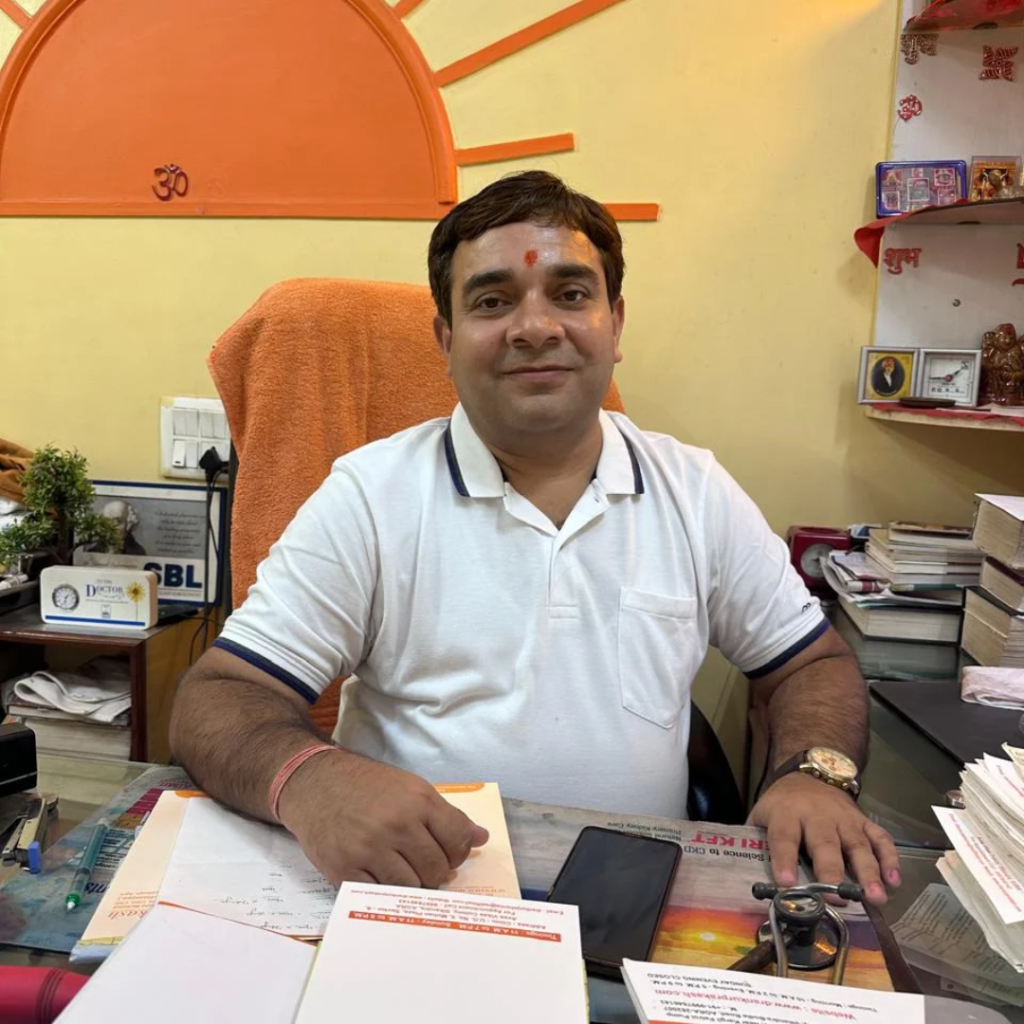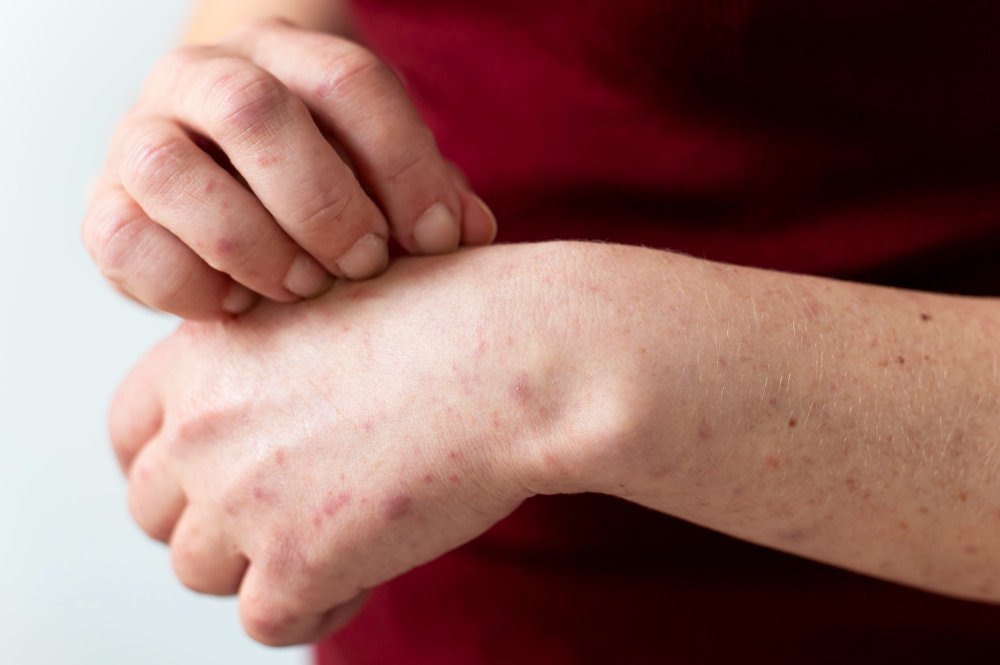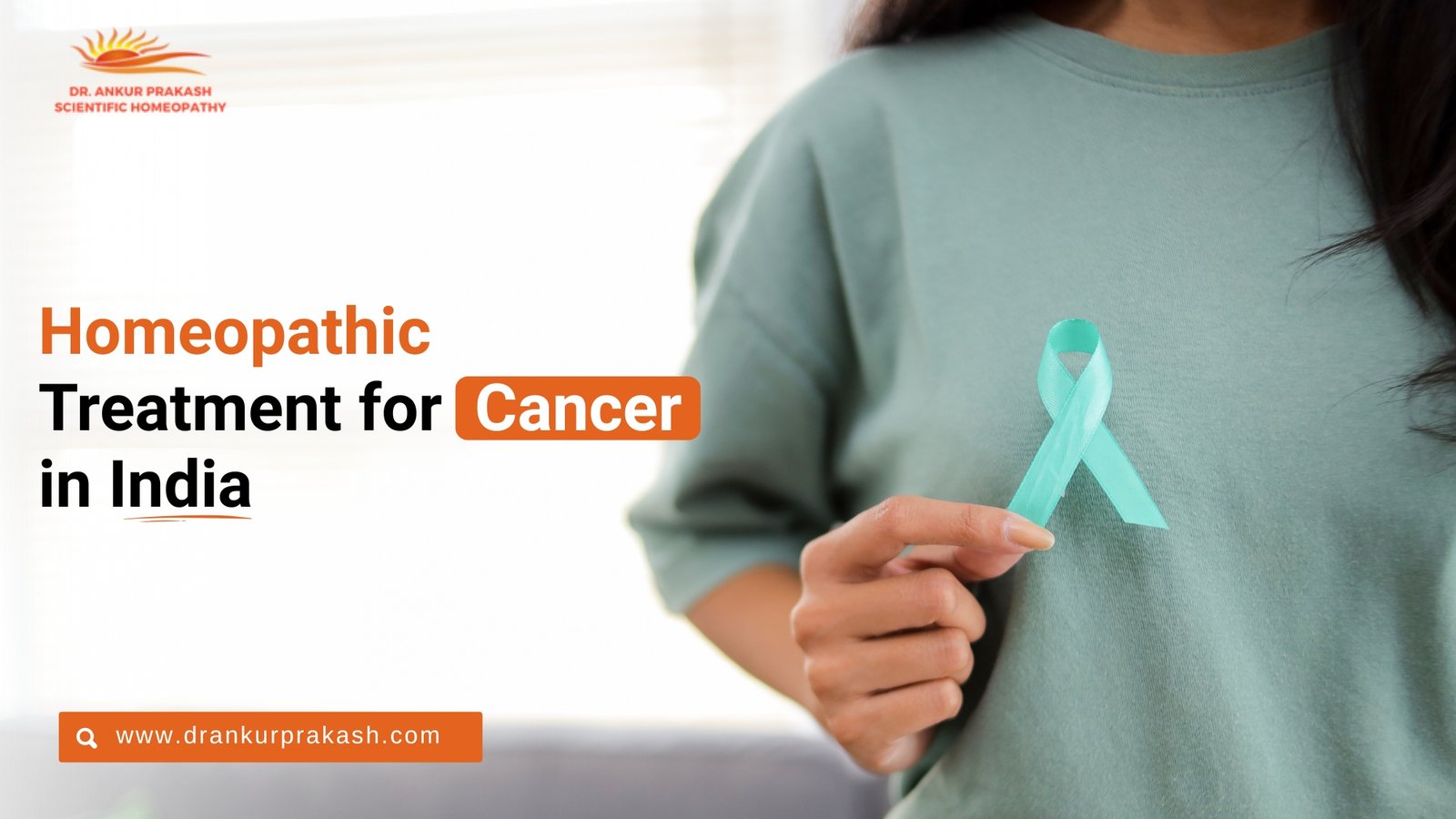What Are Warts?
Warts are small, grainy skin growths caused by a viral infection in the top layer of the skin. They are generally rough to the touch and can appear anywhere on the body, though they are most common on the hands, feet, and face. These growths are caused by certain strains of the human papillomavirus (HPV), which enters the skin through small cuts or abrasions. They are typically non-cancerous but can be contagious and spread through direct contact with the affected area or contaminated surfaces.
Homeopathic Medicine for Warts
Discover the effectiveness of Homeopathic Medicine for treating warts, offering a gentle alternative to conventional treatments. This approach enhances the body’s natural healing process, addressing the underlying causes of warts without the use of harsh chemicals. With tailored solutions that consider your unique health profile, Homeopathic remedies can reduce recurrence and promote healthier skin. Consult a professional to explore a personalized treatment plan designed specifically for your needs. For the best care, consult a Best Homeopathy Doctor in India to receive expert guidance and effective treatment tailored to your individual health profile.
Possible Causes
Human Papillomavirus (HPV) Infection: Warts are primarily caused by an infection with the human papillomavirus, a group of viruses with more than 100 types. Different strains of HPV are responsible for different types of warts. For example, some strains cause common warts on the hands and feet, while others may lead to more sensitive warts on the face or genital areas.
Direct Contact: Warts can spread through direct skin-to-skin contact with a wart on another person. The transfer of the virus can occur when the skin is damaged slightly, which makes it easier for the virus to infiltrate.
Contaminated Surfaces: The HPV virus can survive outside the human body for a short time, which means it can linger on objects and surfaces. If someone with a wart touches a surface like a towel, workout equipment, or a floor, and then you touch the same surface and have a small cut or abrasion, the virus can be transmitted.
Skin Trauma: Warts often appear on areas of the skin that have been broken or wounded, such as a scratch or a hangnail. These areas are more vulnerable because the skin’s natural barrier is compromised, allowing the HPV virus easier entry.
Moist Environments: Warm, moist environments such as locker rooms, public showers, and swimming pools are ideal for the spread of viruses, including HPV. Walking barefoot or touching surfaces in these areas can increase the risk of contracting warts.
Autoinoculation: This occurs when a person spreads the virus from one part of their own body to another. This can happen by touching, scratching, or even shaving over a wart and then touching another part of the body without washing their hands. This makes it possible for the wart to spread to other areas.
Types of Warts
Common Warts (Verruca Vulgaris):
Appearance: Rough, raised, and rounded with a cauliflower-like surface.
Location: Most often found on the hands, especially around the nails and on the fingers.
Plantar Warts:
Appearance: Hard, grainy growths that are flat on the surface, often with a small central black dot due to clotted blood vessels.
Location: Found on the soles of the feet and can be painful when walking.
Flat Warts (Verruca Plana):
Appearance: Smaller, smoother, and flatter than other types. They tend to grow in large numbers, sometimes 20 to 100 at a time.
Location: Typically appear on the face, thighs, or arms.
Filiform Warts:
Appearance: Long, thin, and thread-like.
Location: Commonly seen around the mouth, eyes, and nose.
Periungual Warts:
Appearance: Rough, irregular, and may affect nail growth if they develop under or around the fingernails and toenails.
Location: Around the nail beds.
Genital Warts:
Appearance: Soft, moist growths that can be raised or flat, small or large, and sometimes form a cauliflower-like shape.
Location: On the genital and anal areas, and they are sexually transmitted.
Each type of wart may require different treatments depending on its location and severity. It’s important to consult a healthcare provider for proper diagnosis and treatment options, especially for warts that are painful, rapidly spreading, or located in sensitive areas like the genitals.
Symptoms
Warts are typically characterized by distinct symptoms depending on their type and location on the body. Here are the general symptoms associated with warts:
Visible Growths: The most obvious symptom of warts is the appearance of a skin growth. These growths can vary significantly in size, shape, and color (usually flesh-colored or slightly darker).
Textured Surface: Warts often have a rough or bumpy surface. Common warts, for instance, may appear as raised bumps with a rough texture, resembling a cauliflower.
Pain or Discomfort: Some types of warts, particularly plantar warts found on the soles of the feet, can be painful, especially when pressure is applied during activities like walking or standing.
Localized Callus Formation: Plantar warts may have a hard, thick patch of skin surrounding them, which is caused by the body’s response to the virus.
Changes in Skin Lines: Warts can disrupt the normal lines and ridges in the skin. This is particularly noticeable with plantar and palmar warts on the hands and feet.
Itching or Burning Sensation: In some cases, warts may cause itching or a mild burning sensation, particularly if they are located in an area that experiences frequent friction or irritation.
Black Pinpoints: These are often called wart seeds but are actually small clotted blood vessels. They are common in many types of warts, especially plantar warts.
No Symptoms: Many warts, particularly those not located on weight-bearing areas or subject to friction, may not produce any symptoms other than the visible growth.
Homeopathic Treatment for Warts
Homeopathic treatment for warts focuses on stimulating the body’s natural healing processes to fight the viral infection causing the growths, without resorting to invasive or harsh chemical treatments. Here’s an overview of how homeopathy approaches warts.
Common Homeopathic Remedies for Warts:
Thuja Occidentalis: Often considered the first line of defense for various types of warts, especially those that are large, seedy, and on stalks.
Causticum: Effective for old, large warts on the face, fingers, and nose, and particularly useful for painful warts.
Nitric Acid: Best suited for warts that are large, fissured, or located at mucocutaneous junctions such as the line between the skin and lips.
Antimonium Crudum: Indicated for callous warts on the soles of the feet or palms of the hands.
Graphites: Recommended for warts that are rough, bleed easily, and are found in the perianal area, often associated with obesity.
In conclusion
Homeopathic treatment offers a gentle, non-invasive approach to treating warts, focusing on individual symptoms and overall health to stimulate the body’s natural healing processes. By using highly diluted natural substances, homeopathy aims to reduce wart occurrence and prevent recurrence without the side effects often associated with more conventional treatments. As with any medical treatment, it’s important to consult with a qualified homeopathic practitioner to receive a personalized treatment plan that addresses your specific needs. Whether you’re exploring alternatives to traditional wart removal methods or seeking a holistic approach to health, homeopathy provides a promising option worth considering.
Disclaimer: The information in this blog is intended for educational purposes only and should not be taken as medical advice. The homeopathic treatments and remedies discussed are based on general principles and may not be appropriate for everyone. It is crucial to consult a qualified healthcare professional or licensed homeopath before beginning any treatment for periorbital hyperpigmentation or other health conditions.








